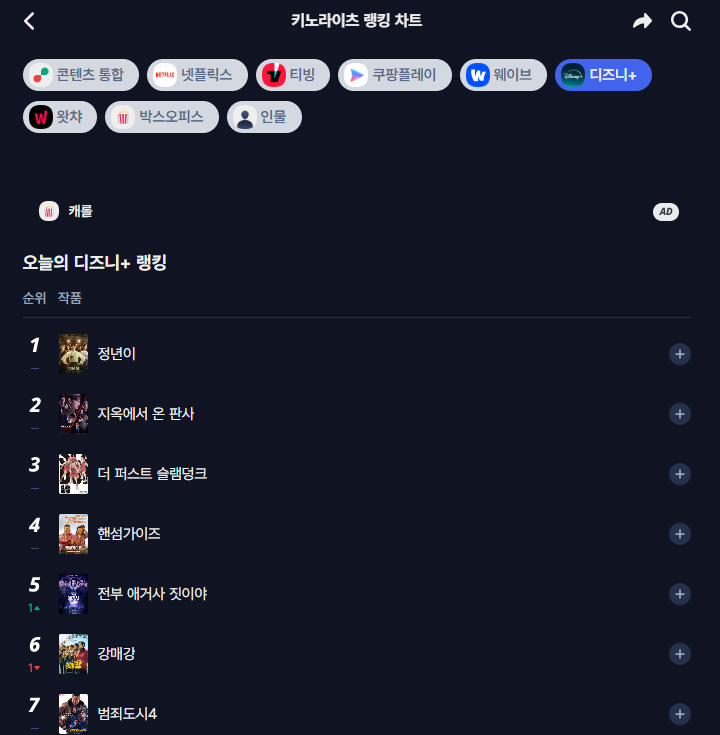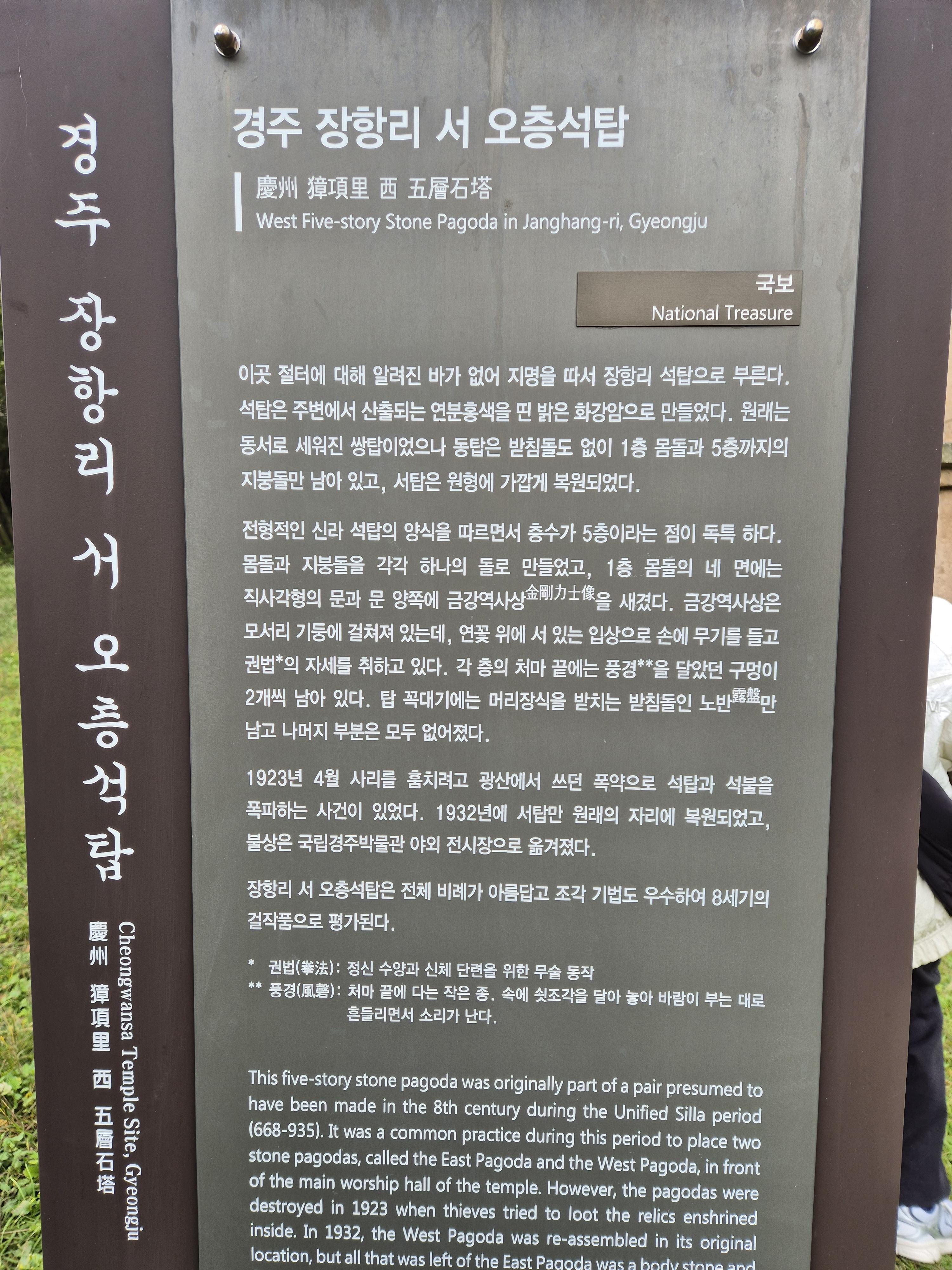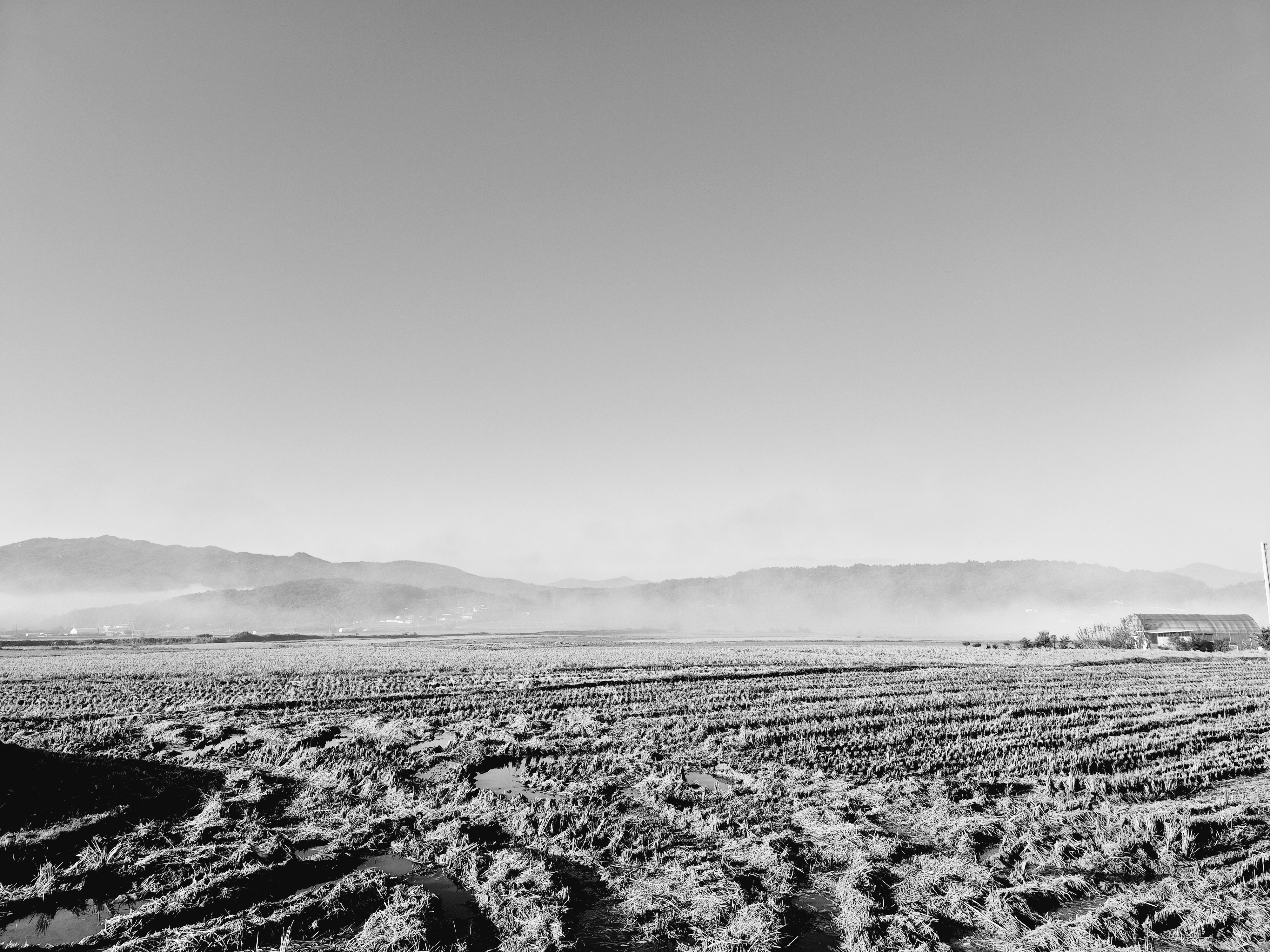OTT 2024-11-07 인기순위, 넷플릭스,티빙,디즈니... 디즈니 점점 멀어지는듯.
https://m.kinolights.com/ranking/netflix
넷플릭스 인기순위 TOP 20 - 키노라이츠
오늘의 넷플릭스 인기순위를 키노라이츠에서 확인해보세요.
m.kinolights.com



'여행_사진_영상 > MV_VOD' 카테고리의 다른 글
| 작가의 소설 여수의 사랑의 발자취를 따라서|문학기행|알고e즘 (0) | 2024.12.05 |
|---|---|
| 지리멸렬 - Incoherence (1994) HD (eng sub) (0) | 2024.12.05 |
| ブルー・ライト・ヨコハマ 블루 라이트 요코하마 (0) | 2024.10.16 |
| 《인사이드 아웃 2》 지금 스트리밍 중 (0) | 2024.09.26 |
| Relaxation 4K - 한국의 농촌 마을과 호수 Music Cripples Healing Study Sleep Relax South Korea (0) | 2024.07.18 |














